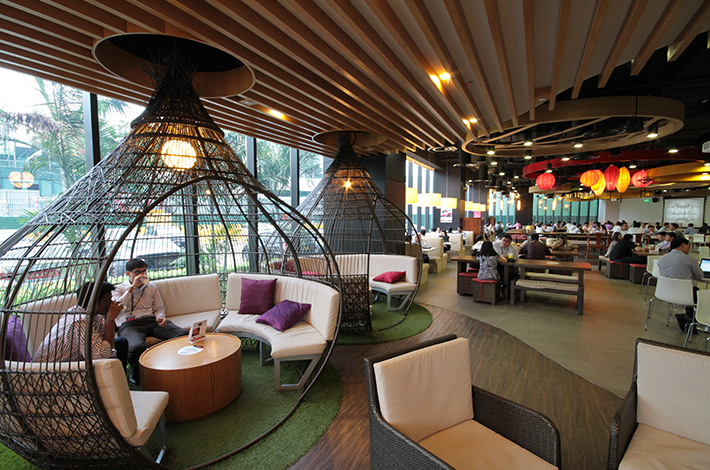Proxemics
sketch by me
Your personal space is any space within 18"- 48" from your body. Often referred to as "your bubble". The only people you want in this space would probably be a significant other, so long as they aren't on your nerves. Am I right? When it comes to design, there are multiple ways to define a personal space, like a spot to study, (Is there anything quite like studying on your own and having some random come up and purposefully sit way too close to you and try to spark up conversation? Not exactly how you wanted your day to go was it.) or publicly nap, like in an airport. Having defined spots to keep to ourselves in public is a necessity. These spaces define how we recharge and collect ourselves before we have to face the world again.
Unlike the personal space, social space not only increases the distance around your body, but it dictates how many more people can be around you within a comfortable limit. Social space is considered anywhere from 48"- 12' from your body. This space is generally defined as a comfortable study group or what would be the appropriate distance at which you hold conversations with a colleague at work.
Finally we have the farthest defined space you could possibly be from other humans and still be considered in the same area- the public space. This is anywhere from 12' away to miles away. If you were trying to talk to someone at this distance, you'd probably have to yell. Like when you're at a concert and you get separated from your friends and have to yell at them to "wait up!". Architecturally speaking, this space can be defined as a park with benches or a ballroom at a convention center. It is generally a large open space not necessarily defined or conducive to quiet conversation. It is important to think about proxemics as a designer because although you might feel comfortable in a tiny space, people from other cultures might not. It is important to design with an open mind and focus on inclusivity. For example, people who live in India are used to a much denser population crowding their everyday lives. They are comfortable standing body against body next to someone on the train on their daily commute. As Americans, especially if you aren't from a big city, I'm sure you wouldn't be comfortable with this. Coming full circle, back to a point I made in my first post, designing for the end user is so important. You always want the client to feel safe and secure and in charge of the space around them, in their home and in public.





Comments
Post a Comment